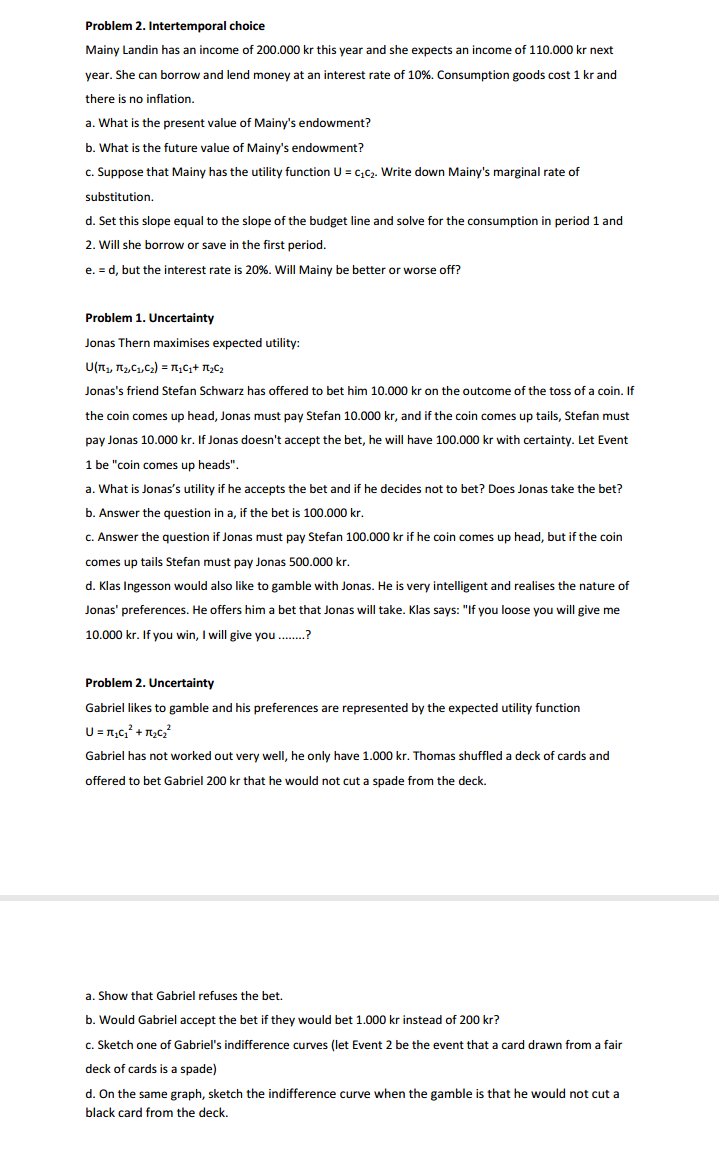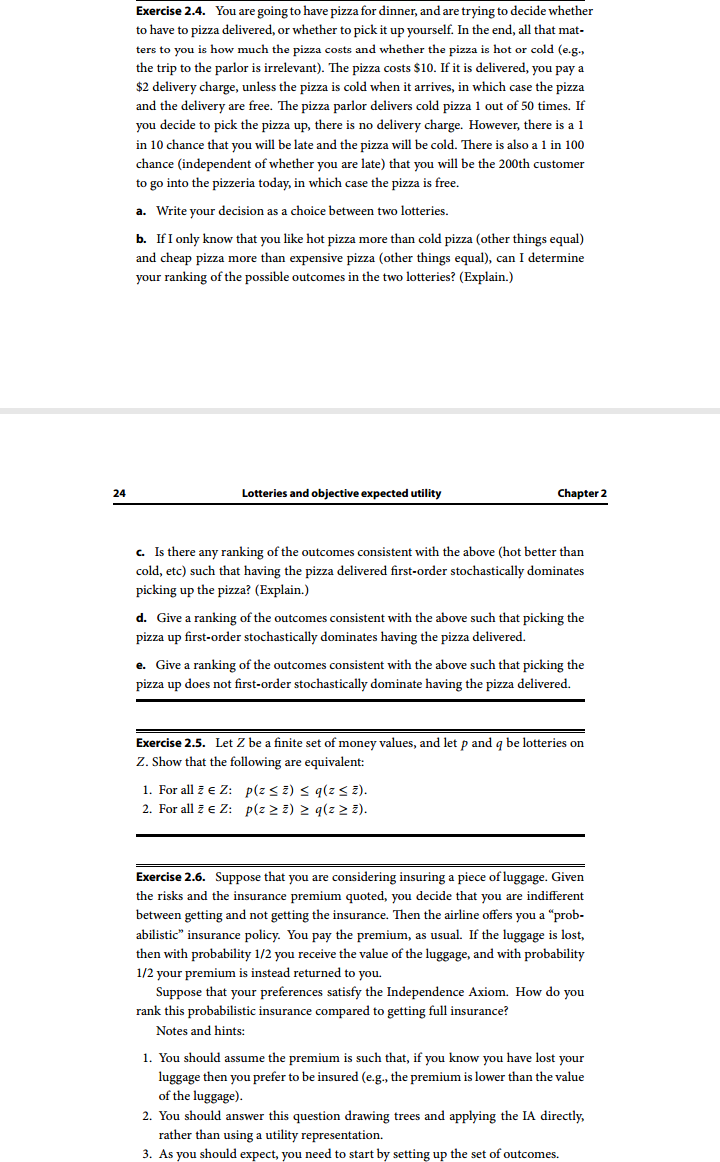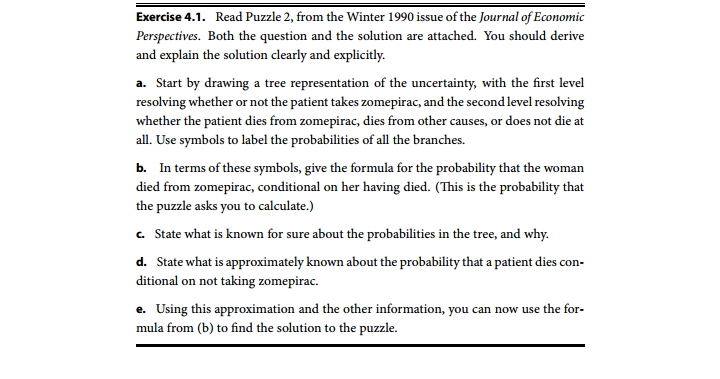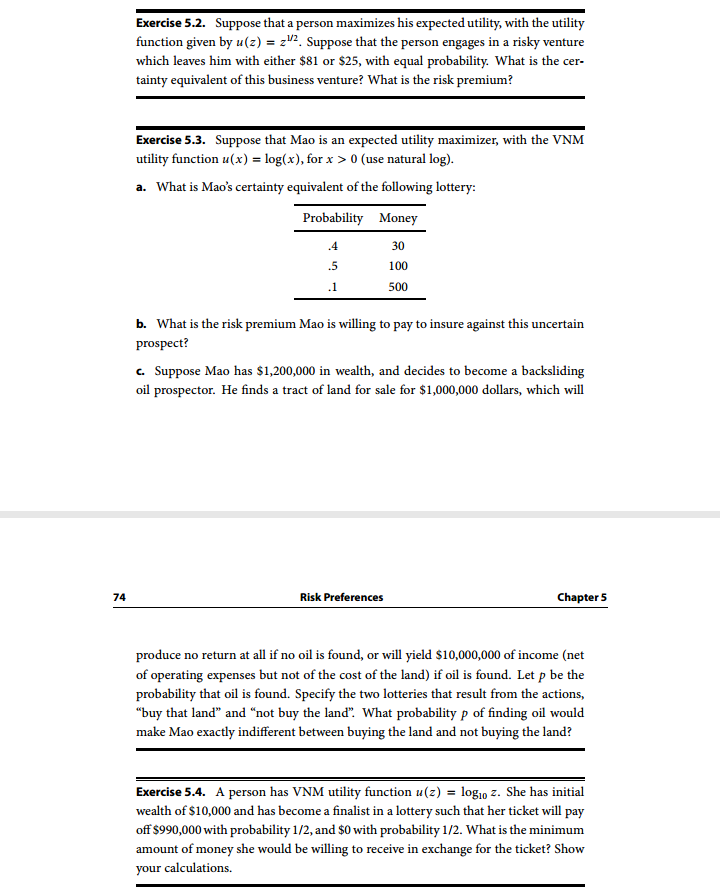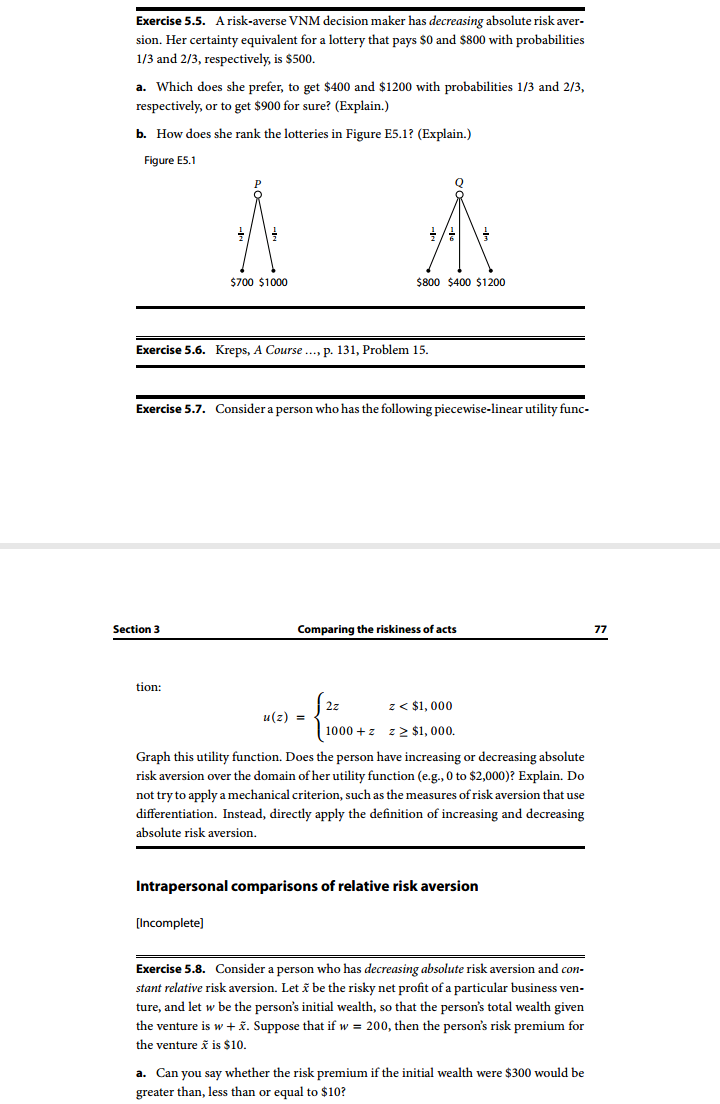




Hi! Help me please
Problem 2. Intertemporal choice Mainy Landin has an income of 200.000 kr this year and she expects an income of 110.000 kr next year. She can borrow and lend money at an interest rate of 10%. Consumption goods cost 1 kr and there is no inflation. a. What is the present value of Mainy's endowment? b. What is the future value of Mainy's endowment? c. Suppose that Mainy has the utility function U = CC2. Write down Mainy's marginal rate of substitution. d. Set this slope equal to the slope of the budget line and solve for the consumption in period 1 and 2. Will she borrow or save in the first period. e. = d, but the interest rate is 20%. Will Mainy be better or worse off? Problem 1. Uncertainty Jonas Thern maximises expected utility: Jonas's friend Stefan Schwarz has offered to bet him 10.000 kr on the outcome of the toss of a coin. If the coin comes up head, Jonas must pay Stefan 10.000 kr, and if the coin comes up tails, Stefan must pay Jonas 10.000 kr. If Jonas doesn't accept the bet, he will have 100.000 kr with certainty. Let Event 1 be "coin comes up heads". a. What is Jonas's utility if he accepts the bet and if he decides not to bet? Does Jonas take the bet? b. Answer the question in a, if the bet is 100.000 kr. c. Answer the question if Jonas must pay Stefan 100.000 kr if he coin comes up head, but if the coin comes up tails Stefan must pay Jonas 500.000 kr. d. Klas Ingesson would also like to gamble with Jonas. He is very intelligent and realises the nature of Jonas' preferences. He offers him a bet that Jonas will take. Klas says: "If you loose you will give me 10.000 kr. If you win, I will give you ......? Problem 2. Uncertainty Gabriel likes to gamble and his preferences are represented by the expected utility function U = MIC1 + 12Cz Gabriel has not worked out very well, he only have 1.000 kr. Thomas shuffled a deck of cards and offered to bet Gabriel 200 kr that he would not cut a spade from the deck. a. Show that Gabriel refuses the bet. b. Would Gabriel accept the bet if they would bet 1.000 kr instead of 200 kr? c. Sketch one of Gabriel's indifference curves (let Event 2 be the event that a card drawn from a fair deck of cards is a spade) d. On the same graph, sketch the indifference curve when the gamble is that he would not cut a black card from the deck.Exercise 2.4. You are going to have pizza for dinner, and are trying to decide whether to have to pizza delivered, or whether to pick it up yourself. In the end, all that mat- ters to you is how much the pizza costs and whether the pizza is hot or cold (e.g., the trip to the parlor is irrelevant). The pizza costs $10. If it is delivered, you pay a $2 delivery charge, unless the pizza is cold when it arrives, in which case the pizza and the delivery are free. The pizza parlor delivers cold pizza 1 out of 50 times. If you decide to pick the pizza up, there is no delivery charge. However, there is a 1 in 10 chance that you will be late and the pizza will be cold. There is also a 1 in 100 chance (independent of whether you are late) that you will be the 200th customer to go into the pizzeria today, in which case the pizza is free. a. Write your decision as a choice between two lotteries. b. If I only know that you like hot pizza more than cold pizza (other things equal) and cheap pizza more than expensive pizza (other things equal), can I determine your ranking of the possible outcomes in the two lotteries? (Explain.) 24 Lotteries and objective expected utility Chapter 2 c. Is there any ranking of the outcomes consistent with the above (hot better than cold, etc) such that having the pizza delivered first-order stochastically dominates picking up the pizza? (Explain.) d. Give a ranking of the outcomes consistent with the above such that picking the pizza up first-order stochastically dominates having the pizza delivered. e. Give a ranking of the outcomes consistent with the above such that picking the pizza up does not first-order stochastically dominate having the pizza delivered. Exercise 2.5. Let Z be a finite set of money values, and let p and q be lotteries on Z. Show that the following are equivalent: 1. For all z E Z: p(z z) 2 q(z 2 2). Exercise 2.6. Suppose that you are considering insuring a piece of luggage. Given the risks and the insurance premium quoted, you decide that you are indifferent between getting and not getting the insurance. Then the airline offers you a "prob- abilistic" insurance policy. You pay the premium, as usual. If the luggage is lost, then with probability 1/2 you receive the value of the luggage, and with probability 1/2 your premium is instead returned to you. Suppose that your preferences satisfy the Independence Axiom. How do you rank this probabilistic insurance compared to getting full insurance? Notes and hints: 1. You should assume the premium is such that, if you know you have lost your luggage then you prefer to be insured (e.g., the premium is lower than the value of the luggage). 2. You should answer this question drawing trees and applying the IA directly, rather than using a utility representation. 3. As you should expect, you need to start by setting up the set of outcomes.Exercise 4.1. Read Puzzle 2, from the Winter 1990 issue of the Journal of Economic Perspectives. Both the question and the solution are attached. You should derive and explain the solution clearly and explicitly. a. Start by drawing a tree representation of the uncertainty, with the first level resolving whether or not the patient takes zomepirac, and the second level resolving whether the patient dies from zomepirac, dies from other causes, or does not die at all. Use symbols to label the probabilities of all the branches. b. In terms of these symbols, give the formula for the probability that the woman died from zomepirac, conditional on her having died. (This is the probability that the puzzle asks you to calculate.) c. State what is known for sure about the probabilities in the tree, and why. d. State what is approximately known about the probability that a patient dies con- ditional on not taking zomepirac. e. Using this approximation and the other information, you can now use the for- mula from (b) to find the solution to the puzzle.Exercise 5.2. Suppose that a person maximizes his expected utility, with the utility function given by u(z) = z z. Suppose that the person engages in a risky venture which leaves him with either $81 or $25, with equal probability. What is the cer- tainty equivalent of this business venture? What is the risk premium? Exercise 5.3. Suppose that Mao is an expected utility maximizer, with the VNM utility function u(x) = log(x), for x > 0 (use natural log) a. What is Mao's certainty equivalent of the following lottery: Probability Money 30 100 500 b. What is the risk premium Mao is willing to pay to insure against this uncertain prospect? c. Suppose Mao has $1,200,000 in wealth, and decides to become a backsliding oil prospector. He finds a tract of land for sale for $1,000,000 dollars, which will 74 Risk Preferences Chapter 5 produce no return at all if no oil is found, or will yield $10,000,000 of income (net of operating expenses but not of the cost of the land) if oil is found. Let p be the probability that oil is found. Specify the two lotteries that result from the actions, "buy that land" and "not buy the land". What probability p of finding oil would make Mao exactly indifferent between buying the land and not buying the land? Exercise 5.4. A person has VNM utility function w(z) = log, z. She has initial wealth of $10,000 and has become a finalist in a lottery such that her ticket will pay off $990,000 with probability 1/2, and $0 with probability 1/2. What is the minimum amount of money she would be willing to receive in exchange for the ticket? Show your calculations.Exercise 5.5. A risk-averse VNM decision maker has decreasing absolute risk aver- sion. Her certainty equivalent for a lottery that pays $0 and $800 with probabilities 1/3 and 2/3, respectively, is $500. a. Which does she prefer, to get $400 and $1200 with probabilities 1/3 and 2/3, respectively, or to get $900 for sure? (Explain.) b. How does she rank the lotteries in Figure E5.1? (Explain.) Figure E5.1 MI- $700 $1000 $800 $400 $1200 Exercise 5.6. Kreps, A Course ..., p. 131, Problem 15. Exercise 5.7. Consider a person who has the following piecewise-linear utility func- Section 3 Comparing the riskiness of acts 77 tion: 2z z $1, 000. Graph this utility function. Does the person have increasing or decreasing absolute risk aversion over the domain of her utility function (e.g., 0 to $2,000)? Explain. Do not try to apply a mechanical criterion, such as the measures of risk aversion that use differentiation. Instead, directly apply the definition of increasing and decreasing absolute risk aversion. Intrapersonal comparisons of relative risk aversion [Incomplete] Exercise 5.8. Consider a person who has decreasing absolute risk aversion and con- stant relative risk aversion. Let x be the risky net profit of a particular business ven- ture, and let w be the person's initial wealth, so that the person's total wealth given the venture is w + x. Suppose that if w = 200, then the person's risk premium for the venture & is $10. a. Can you say whether the risk premium if the initial wealth were $300 would be greater than, less than or equal to $10





